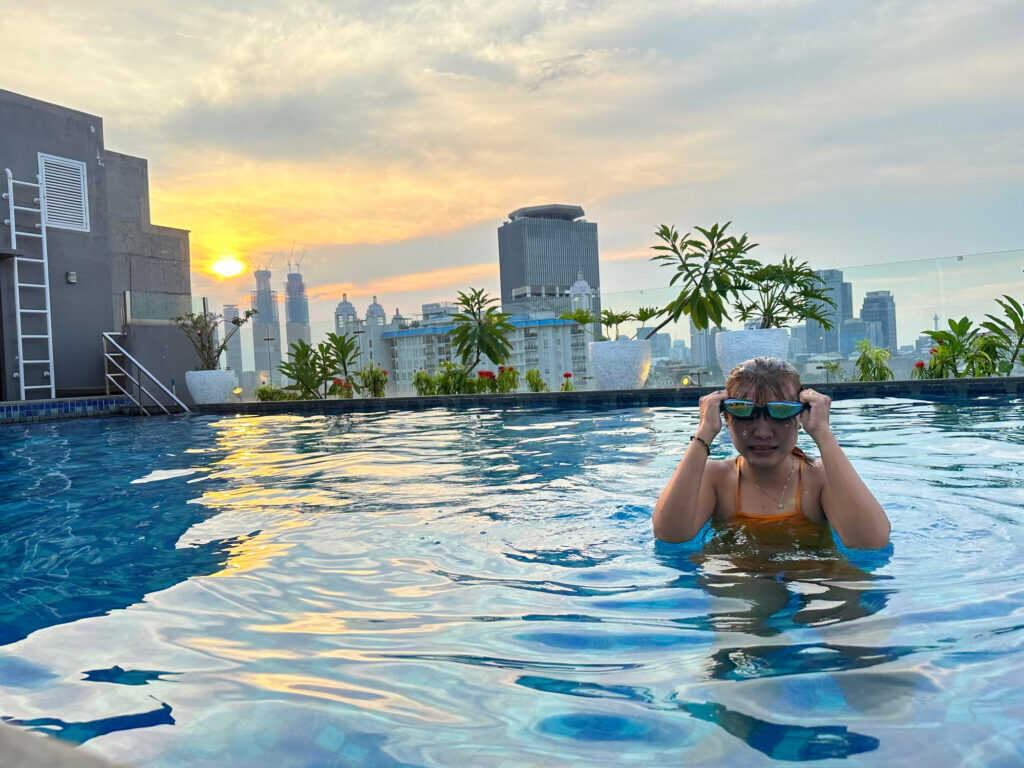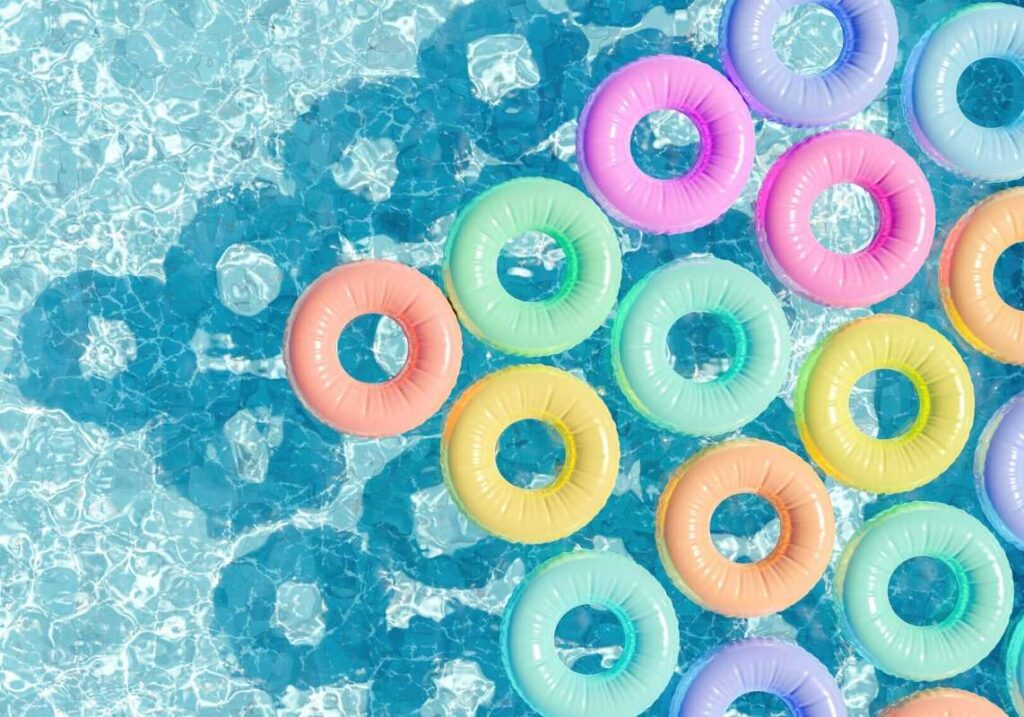Chemical Balancing 101: Understanding Alkalinity and Hardness
Explore the essentials of chemical balancing in pool maintenance, focusing on alkalinity and hardness for optimal water quality.
This comprehensive guide delves into the critical aspects of chemical balancing in swimming pools, emphasizing the roles of alkalinity and hardness. Proper chemical balance not only enhances water clarity and comfort but also protects your pool equipment and surfaces. Whether you’re a seasoned pool service professional or an aspiring entrepreneur in the pool maintenance industry, understanding these concepts is essential for providing quality service. Join us as we explore the significance of alkalinity and hardness and how they contribute to successful pool management.
Introduction to Chemical Balancing
Chemical balancing in pool maintenance is a fundamental practice that ensures the water remains safe, clear, and enjoyable for swimmers. Two critical parameters in this balancing act are alkalinity and hardness. These factors influence not only the aesthetic quality of the water but also its chemical stability and the longevity of the pool’s infrastructure.Alkalinity, measured as total alkalinity (TA), refers to the water’s capacity to resist changes in pH, which is crucial for maintaining a stable environment. Meanwhile, hardness refers to the concentration of calcium and magnesium in the water. Understanding how to manage these two components can drastically improve the overall condition of a swimming pool.In this article, we will discuss the detailed mechanics of alkalinity and hardness, their importance in pool maintenance, and practical tips for achieving the ideal chemical balance. By the end, you’ll have a clear understanding of how to maintain your pool’s water chemistry effectively.
The Importance of Alkalinity in Pool Maintenance
– What is Alkalinity? Alkalinity is a measure of the water’s ability to neutralize acids. It acts as a buffer, preventing rapid changes in pH levels, which can lead to discomfort for swimmers and potential damage to pool surfaces and equipment. Ideally, total alkalinity should be maintained between 80 to 120 parts per million (ppm).- Effects of Low Alkalinity: Low alkalinity can cause significant problems. A low TA level can lead to pH fluctuations, resulting in: – Corrosion of metal fixtures and pool equipment. – Etching of pool surfaces. – Increased eye irritation and discomfort for swimmers.- Effects of High Alkalinity: Conversely, high alkalinity can also be problematic, leading to: – Difficulty in adjusting pH levels. – Cloudy water and scaling on surfaces. – Reduced effectiveness of chlorine and other sanitizers.- How to Maintain Alkalinity: To achieve and maintain proper alkalinity levels, consider the following steps: – Testing: Regularly test your pool water using reliable test kits that measure TA. – Adjustment: If levels are low, add sodium bicarbonate (baking soda). For high alkalinity, use muriatic acid or sodium bisulfate to lower the TA. – Monitoring: Keep a close eye on your alkalinity levels, especially after heavy rainfall or chemical additions.Maintaining appropriate alkalinity is essential for a well-balanced pool. It not only contributes to water clarity and comfort but also enhances the efficacy of other chemicals, making it a foundational aspect of pool care.
Understanding Hardness: The Role of Calcium and Magnesium
– What is Pool Hardness? Pool hardness refers to the concentration of calcium and magnesium ions in the water. It is typically expressed in parts per million (ppm), with ideal levels generally ranging between 200 to 400 ppm for calcium hardness.- Effects of Low Hardness: Insufficient calcium levels can lead to: – Corrosive water, which can etch plaster surfaces and corrode metal fixtures. – Increased risk of algae growth due to unstable water conditions.- Effects of High Hardness: Excessive hardness can cause: – Scale buildup on tiles, filters, and other surfaces. – Cloudiness in the water, which can detract from the pool’s visual appeal.- Testing and Adjusting Hardness Levels: Maintaining optimal hardness requires routine testing. Here’s how to manage it: – Testing: Use a reliable test kit specifically designed for measuring calcium hardness. – Adjustment: To raise hardness, consider adding calcium chloride. To lower it, you may need to partially drain and refill the pool with softer water, or use a hardness reducer. – Maintaining Balance: Regular monitoring is essential, especially in areas with hard water, as levels can fluctuate considerably.Incorporating proper hardness levels into your pool management strategy is vital for preventing scaling and ensuring the longevity of your pool’s surfaces and equipment.
Balancing Alkalinity and Hardness for Optimal Water Quality
Successfully balancing alkalinity and hardness in your pool involves understanding how these two elements interact and affect one another. Here are some key points to consider:- The Relationship Between Alkalinity and Hardness: While alkalinity and hardness are different measurements, they both contribute to the overall stability of pool water. When alkalinity is low, it can lead to unstable pH levels, which in turn can affect calcium saturation and hardness levels. Conversely, high hardness can contribute to rising alkalinity levels if not properly managed.- Strategies for Effective Balancing: To maintain a harmonious balance between alkalinity and hardness, consider the following strategies: – Regular testing of both parameters to ensure they are within the ideal ranges. – Making gradual adjustments rather than drastic changes to avoid shock to the water chemistry. – Keeping an eye on environmental factors such as rainfall or heavy usage, which can influence chemical levels.- Utilizing Professional Services: For pool service professionals or entrepreneurs in the industry, understanding these chemical dynamics can greatly enhance service quality. Companies like
Superior Pool Routes provide extensive training on chemical balancing that can equip you with the skills needed for effective pool management.Balancing alkalinity and hardness is a continuous process that requires diligence and knowledge. By understanding the interplay between these two vital components, you can maintain optimal water quality and ensure a safe swimming environment.
Best Practices for Chemical Balancing in Pools
To achieve and maintain the ideal chemical balance in your pool, consider adopting the following best practices:1. Regular Testing: – Use quality test kits at least once a week during peak usage seasons. – Test water before and after adding chemicals to monitor changes.2. Educate Yourself: – Familiarize yourself with local water conditions and how they can affect your pool chemistry. – Consider enrolling in training programs like
Pool Routes Training to enhance your expertise.3. Stay Informed on Seasonal Changes: – Adjust your chemical management practices based on seasonal variations in temperature, rain, and pool usage. – In regions like Florida, Texas, and California, warmer climates may require more frequent adjustments.4. Utilize Technology: – Invest in smart pool monitoring systems that can provide real-time data on chemical levels, reducing manual testing frequency. – These systems can alert you to imbalances before they become problematic.5. Maintain Equipment: – Regularly service and clean your pool equipment to ensure it functions optimally and accurately measures water chemistry.By adhering to these best practices, you can enhance the longevity of your pool and ensure a safe, enjoyable swimming experience.
Conclusion
In summary, understanding and managing alkalinity and hardness are crucial components of successful pool maintenance. These factors not only influence the water’s clarity and comfort but also protect the integrity of your pool and its equipment. As we have discussed, maintaining the right balance requires regular testing, informed adjustments, and a proactive approach to chemical management.For those looking to enter the pool maintenance industry, gaining expertise in these areas provides a significant advantage. With resources such as
Superior Pool Routes offering comprehensive training and support, aspiring entrepreneurs can confidently navigate the complexities of pool service.Remember, a well-maintained pool is not just about aesthetics; it’s about creating a safe and enjoyable environment for all swimmers. Take charge of your pool’s chemical balance today, and ensure it remains a refreshing oasis for years to come.



